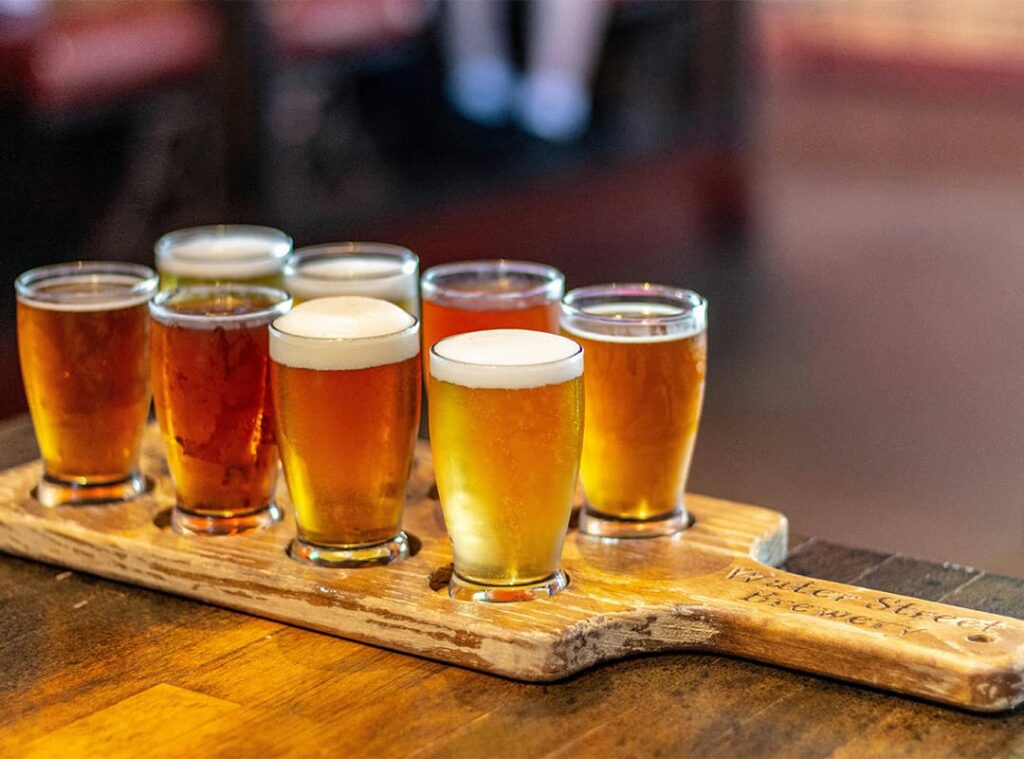In the competitive world of beer and wine, packaging design is not just a necessity—it’s a powerful marketing tool. A well-designed label can make your product stand out on a crowded shelf, communicate your brand story, and ultimately drive sales. Whether you’re crafting a small-batch brew with homebrewing supplies or producing a premium wine, understanding the principles of effective label design is essential for success.
The Role of Packaging in Beer and Wine Sales
Packaging is the first interaction a potential customer has with your product. It can convey quality, style, and personality in an instant. For craft beers and boutique wines, in particular, packaging often serves as the deciding factor when customers are browsing unfamiliar brands.
A study by market researchers indicates that over 60% of consumers base their purchase decisions on packaging design alone. This underscores the importance of investing in labels that not only look good but also resonate with your target audience.
Key Elements of an Effective Label Design
- Clear Branding
Your label should reflect your brand’s identity. For example:- Logo: A memorable logo creates brand recognition.
- Color Scheme: Colors evoke emotions; vibrant colors may suit craft beers, while earthy tones often align with wine brands.
- Typography
Choose fonts that are legible and align with your product’s personality. Modern, bold fonts are popular for craft beer, while elegant, classic fonts work well for wines. - Visual Elements
Use imagery, patterns, or illustrations to convey your story. A rustic design could highlight a wine’s vineyard heritage, while quirky illustrations might appeal to craft beer drinkers. - Regulatory Information
Include mandatory details like alcohol content, volume, and origin. This not only meets legal requirements but also builds trust with consumers.
Trends in Beer and Wine Label Design
- Minimalism
Clean, simple designs are increasingly popular. Minimalist labels create a sense of sophistication and are often favored for high-end wines. - Storytelling
Consumers love stories. Incorporate details about your brewing or winemaking process, ingredients, or inspiration behind the product. If you’re a craft brewer working with homebrewing supplies, highlight the artisanal nature of your product. - Sustainability
Eco-friendly materials like recycled paper or biodegradable labels appeal to environmentally conscious consumers. - Interactive Labels
Adding QR codes or AR (augmented reality) features lets consumers learn more about your brand or engage with unique experiences.
Packaging Considerations Beyond the Label
While labels are critical, the overall packaging should also complement the design:
- Bottle Shapes: Unique bottle shapes can make your product memorable.
- Caps and Corks: Decorative caps or wax seals add a premium feel.
- Outer Packaging: For gift sets or cases, ensure boxes or sleeves align with your branding.
Design Tips for Small Producers
If you’re a small-scale producer using homebrewing supplies, you might have limited resources for design. Here’s how to maximize your impact:
- DIY Tools: Platforms like Canva or Adobe Express offer budget-friendly options for label creation.
- Hire a Freelancer: Platforms like Fiverr or Upwork can connect you with talented designers.
- Focus on Your USP: Highlight unique aspects of your product—whether it’s a rare ingredient, a creative brewing process, or a local twist.
How Great Labels Drive Sales
The ultimate goal of a well-designed label is to increase sales. Eye-catching labels attract first-time buyers, while consistent branding builds loyalty among repeat customers. For breweries and wineries, this is especially crucial in crowded markets where every bottle competes for attention.
A compelling label does more than decorate a bottle—it tells a story, conveys quality, and creates a connection with the consumer. Whether you’re a seasoned winemaker or a craft beer enthusiast using homebrewing supplies, investing in creative and strategic packaging design will pay off in the long run. By keeping up with trends and prioritizing authenticity, your product can make a lasting impression and stand out in a competitive market.
